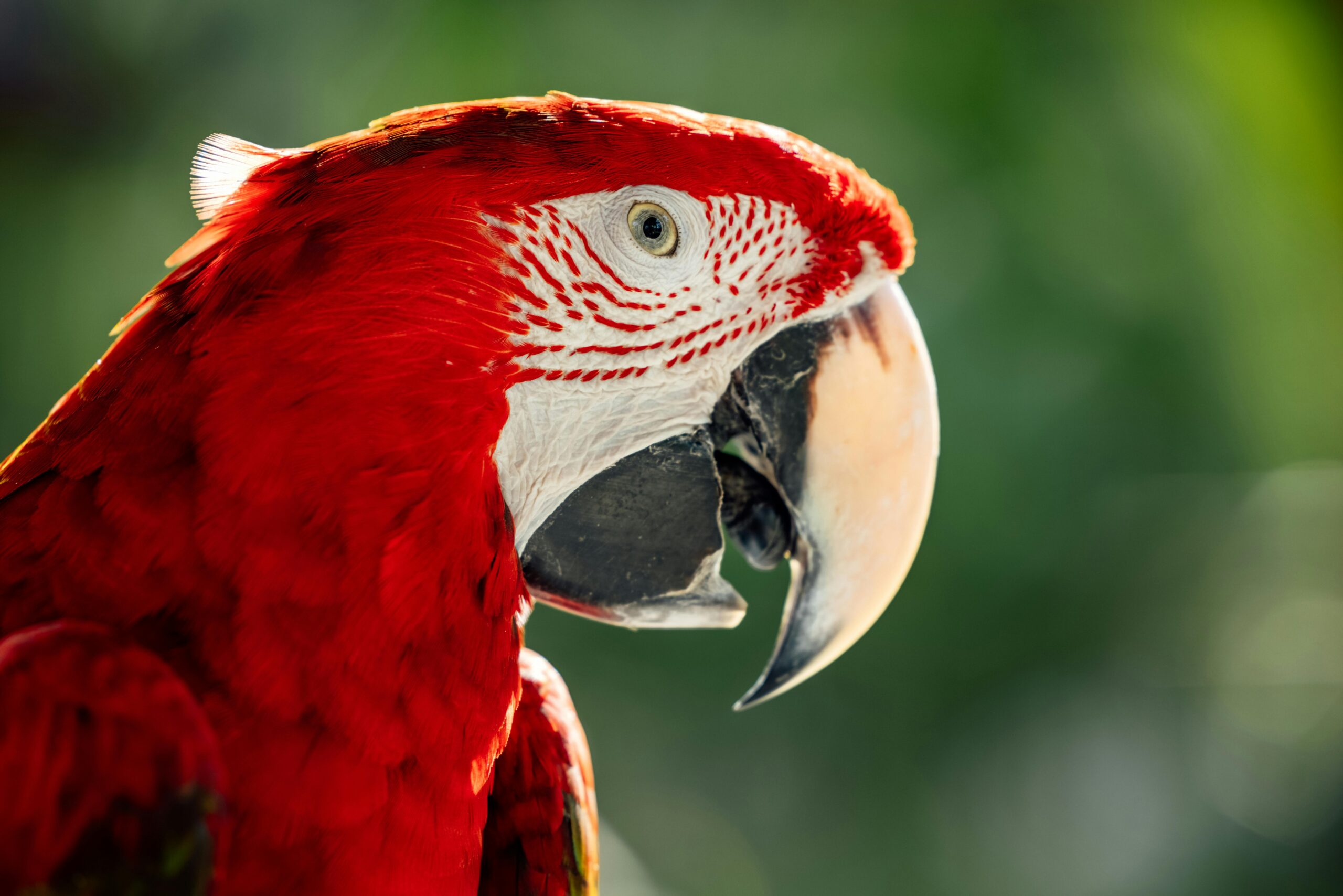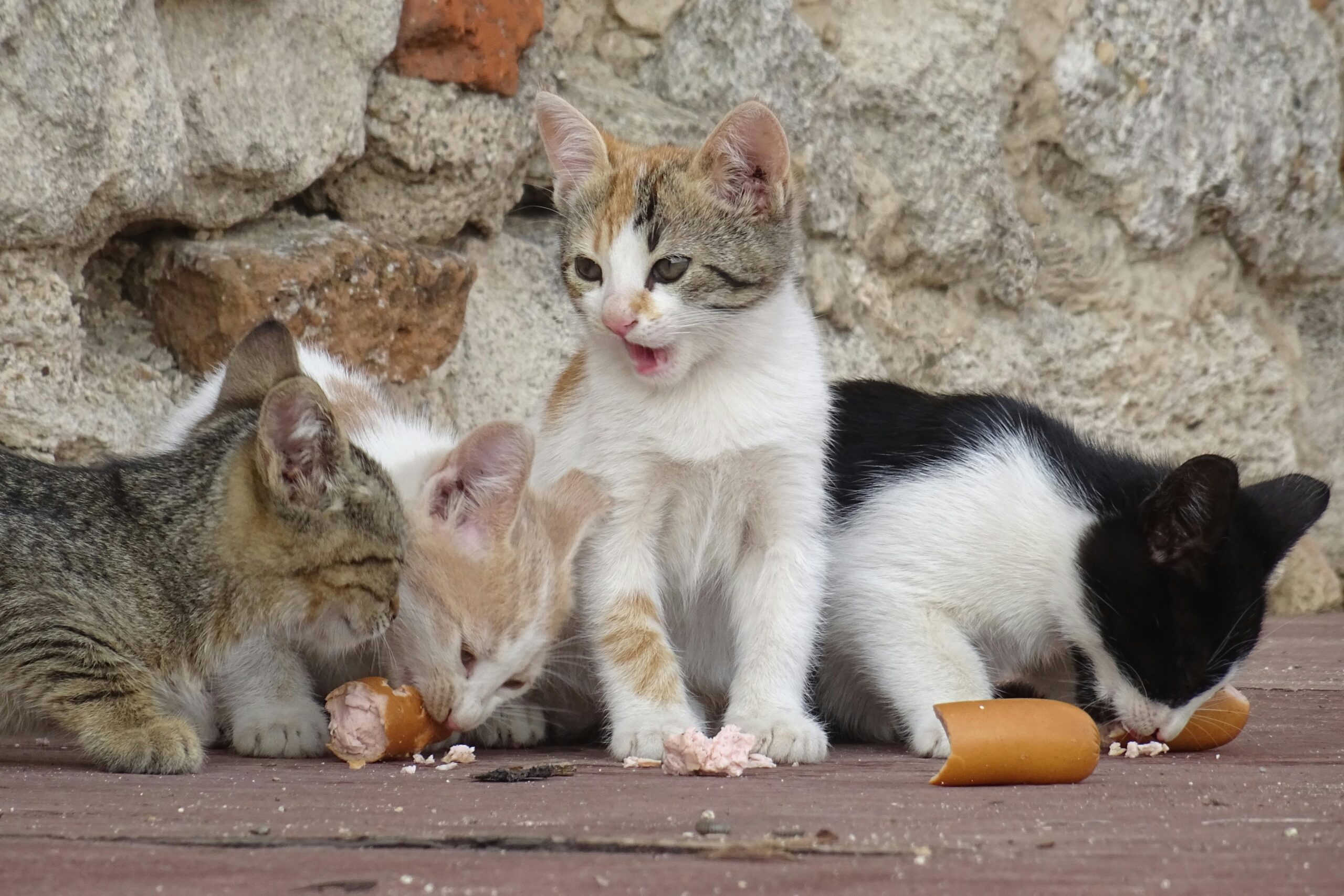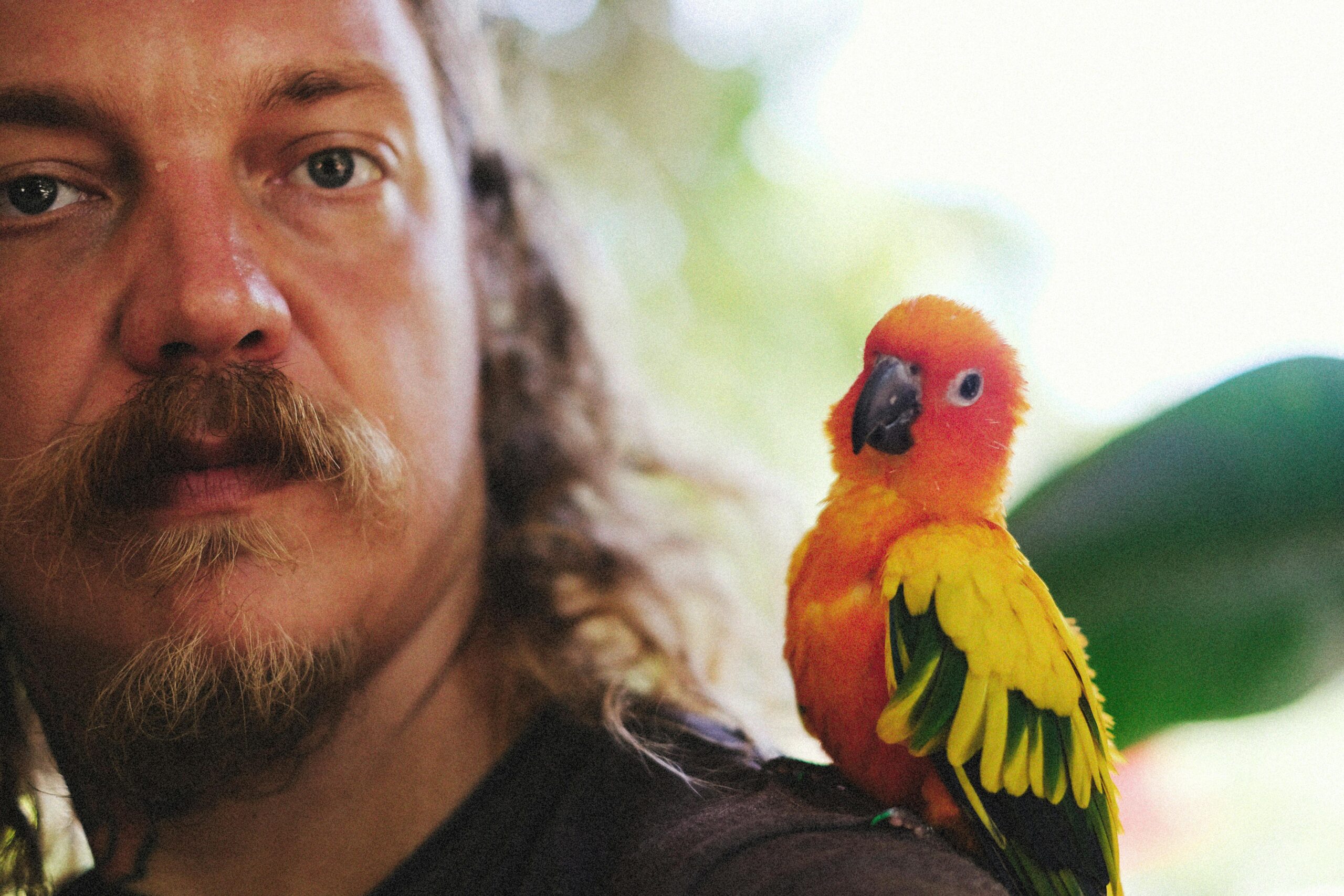People looking for pets that are more extraordinary than everyday pets such as dogs, cats, and hamsters are finding exotic pets appealling due to their rare and singular behavioral traits. Here, we have pets that represent a variety of species such as birds, reptiles, amphibians, and mammals that are unconventional household pets. Even so, while the attraction to an exotic animal is powerful, not all of them are adequately suited for close, social interaction with people. Certain species are almost entirely solitary, while still others manage to develop powerful relationships with their owners and thrive in community situations.
Knowing what defines an animal as “social” in terms of pet ownership is important. A social pet primarily is looking for engagement, enjoys being touched, and develops a relationship with its human family member. A range of animals tends to long for intellectual stimulation and social relationships, whether with others of their species or with their human carers. Some exotic pets qualify for this category, but their degree of social acceptance changes from species to species.
This expansive review will appraise several sociable pets, paying regard to their basic behaviors, their flexibility in relation to the people around them, their intelligence, and their talent at forging emotional ties. Standing out among exotic pets with a social bent are parrots, ferrets, sugar gliders, and particular mammals including rats, providing individualized forms of social interaction with their human owners.
1. Parrots
Parrots are always among the first social exotic pets listed. Typically valorized for their cleverness, skill in making human sounds, and strong social tendencies, parrots are usually thought of as one of the most interactive exotic animals. The African Grey Parrots, Cockatoos, and Macaws are very comparable for their human companionship skills.
Intelligence, together with Communication
The remarkable intelligence of parrots is one reason they are especially social. The birds illustrate an outstanding ability to learn sounds and copy them, which includes human speech as well. Famous for their language abilities and smarts are the African Grey Parrots. Parrots do more than cite common phrases; they tend to place those words within context, demonstrating some degree of understanding. An enlarged communication talent enhances the owners’ social interactions with people, supporting conversation, teaching, and brain stimulation for the bird.
Emotional Bonds
Wild parrots create social populations that suggest power is present in their affiliations. Within a familiar setting, this requirement for companionship usually converts to the people who care for them. Parrots cherish love, spend a lot of time caring for their owners, lean towards affection, and reflect their behaviors. Out of the many parrots available, cockatoos often grow extremely co-dependent on a single person and can feel jealous during interactions their owner has with additional individuals. Producing rewards is possible with this connection, although significant interaction and attention are necessary for the parrots to feel satisfied.
Social Challenges
The combination of their intelligence with a social nature means that parrots are the ideal pets for those able to give them regular attention; however, loneliness for an extended time can leave them either unengaged or sad. The experience of discomfort may cause problems with parrots, including unbroken screaming or removed feathers. As a result, they are tailored for people or families able to repeatedly engage and provide mental stimulation.
2. Ferrets
The ferret ranks as an additional prominently social exotic pet. Erinaceidae is the family of these small mammals that have undergone thousands of years of domestication. Fans of exotic critters think these animals are alive, focused, and quite interactive, leading them to be their leading choices.
Playfulness and Curiosity
Ferrets are famous for their overall energetic nature and playful characteristics. They prefer to incorporate interacting with toys and joining in on games with friends when thinking about their surroundings. Ferret owners frequently find the need to “ferret proof” their homes because ferrets are skilful at finding tiny holes to squeeze through or things to hide. Their passion for discovery makes them rather interesting species that are perpetually searching for new stimuli.
Strong Social Bonds
Social animals that flourish together in groups are known as ferrets. They succeed in wilderness communities, which translates into a need for companionship in their households. The commonly made suggestion is to house ferrets in pairs or small groups, since they will have to deal with struggle, chase, and participate in other social behaviors together. Much like their human companions, ferrets create solid relationships and, luckily, take joy in being held, hugged, and playing.
Interaction with Other Pets
How ferrets interact with other animals is key to their behavior; this happens most smoothly when they come together early in life. Thanks to their flexibility for many settings, they present a rational solution for households with numerous pets. Yet, homes with small prey animals are not appropriate for them, because their hunting instincts may engage.
3. Sugar Gliders
Due to their striking visual appearance and social interactions, sugar gliders, little marsupials from Australia, are becoming more popular. Night creatures form a robust connection with those caring for them when correctly socialized and dealt with at a young age.
Bonding and Attachment
There is a powerful social relationship linking sugar gliders to their keepers. They happen in groups in their natural setting, and their life strongly depends on solid social connections. As pets, these beings pass on to their human caregivers their essential need for companionship. When well looked after and loved, sugar gliders can evolve into incredibly loving companions, usually sliding around their holders or snuggling into their pockets.
One special method we use to bond with sugar gliders is the application of bonding pouches. These are little cloth pouches that the gliders can tuck into while attached to the owner’s neck or chest. Getting close to sugar gliders helps them like the scent and sounds of their owner, and this leads to a boost in their affection.
Nocturnal Nature
Owning a sugar glider means you should keep in mind that they are nighttime creatures, most active after sundown. This parameter works as a positive or a negative depending on how pressed for time the owner is. Those who prefer to be active at night appreciate having sugar gliders as companions, yet this may cause issues for people who adhere to a regular sleep schedule.




